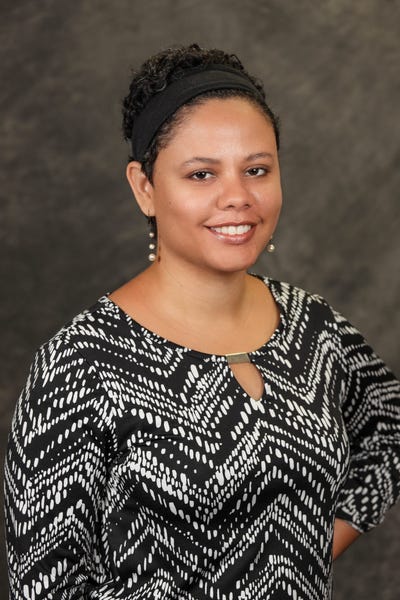Avaya CEO Discusses Tech Advancements, ‘Doubling Down’ on Partner GrowthAvaya CEO Discusses Tech Advancements, ‘Doubling Down’ on Partner Growth
“We probably have the most fully featured products out there on the planet,” he said.
June 28, 2023

Already have an account?
Avaya CEO Alan Masarek is portraying a new vision of innovation and financial redemption after his company came out of bankruptcy this year. At the Avaya Engage conference last week in Orlando, Florida, partners heard of a turnaround story. For example, Avaya has taken 15% of its revenue decliners and turned them back to growth within six months, according to the organization’s channel leader.

J Arnold & Associates’ Jon Arnold
Jon Arnold, principal at J Arnold & Associates, said a large part of that narrative is a recognition that much of the market is still on-premises based.
“There are a lot of cloud native vendors out there who are pushing cloud-only,” Arnold said. “And that works for a certain segment of the market. But where Avaya has always been strong has been in more of these government or traditional, big kind of organizations and campuses where [these firms] are not going to move to the cloud any time soon.”
Arnold added that hybrid cloud is an area where Avaya can make inroads and has the capacity to do so based on its on-premise history.

Avaya’s Alan Masarek
In this interview with Channel Futures, Masarek discusses that history and the tech company’s place in the market. He also talks of new technological innovation happening at Avaya, especially regarding the Avaya Experience Platform. In addition, he argues that advances in artificial intelligence have become a great equalizer within the industry and advantageous for the longevity of his company.
Channel Futures: There are so many technological changes happening at Avaya at the moment. If you had to narrow down the top three most impactful tech changes based on financial implications for Avaya, its partners and its customers, what would they be and why?
Alan Masarek: I think it really follows very consistently with the strategy. As we’ve spoken about, we’ve set our North Star on the Avaya Experience Platform (AXP). We have an aggressive road map in terms of working on that platform, which is again, what some in the past might refer to as CCaaS. But if you think, it’s broader than that, and that’s why we have branded it the Avaya Experience Platform. That road map involves not just building the platform … and we’re years into it. But there are two deployment models. One is that somebody can take the entire platform, which is an omnichannel, integrated solution, voice and all the social and digital channels. Or they can deploy it in part.
Think of it as sort of a la carte where, for instance, you wanted to bring in a WhatsApp channel on top of your existing on-premises voice. How you do that seamlessly is critically important to our customers because they’re on a journey, from on-premises to cloud. They’re not jumping typically all the way to public cloud. They’re taking these gradual steps in between. Doing that seamlessly is critical for the customers. And the bigger and the more complex the customer, the more important it is to do it gradually without the disruption. It’s a group of initiatives.
Then, all the AI technologies that we’ve been using for years, for instance, natural language understanding, NLU. Everyone understands that chat, social, digital. But voice is traditionally analog. So, the ability to take voice and to be able to run sentiment analysis on it. So therefore, you have to understand how to intelligently route them perhaps to a supervisor, or to transcribe that voice channel with the related metadata. So now it becomes digital, it becomes searchable, as opposed to analog voice. That’s critical to our customers now. We’ve been using AI for a long time. Now the next evolution of AI is generative AI.
Generative AI has an incredible opportunity to sort of fundamentally change customer experience. Let’s say that agent had to look it up the old-fashioned way or call the customer back or send them an email. The whole sort of transaction would take far longer, would be far less pleasing to the customer. It would hurt customer experience, and it would have greater handle time for the agent. All of that can get remedied with these new technologies. So, in short, we’re doing a great deal of work incorporating those technologies.
Read the rest of our Q&A with Masarek in the slideshow above.
Want to contact the author directly about this story? Have ideas for a follow-up article? Email Claudia Adrien or connect with her on LinkedIn. |
About the Author
You May Also Like


